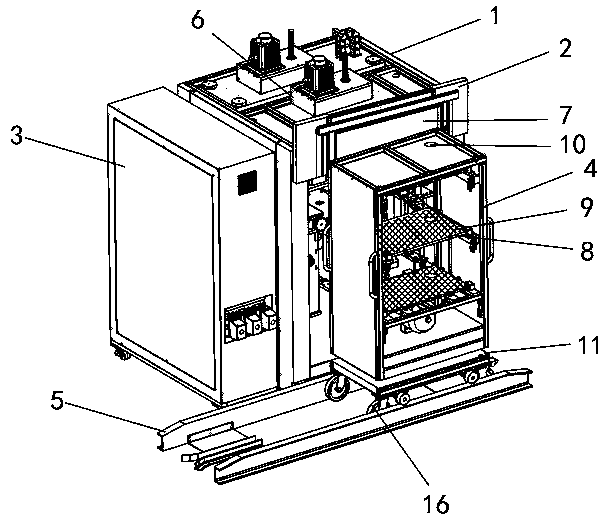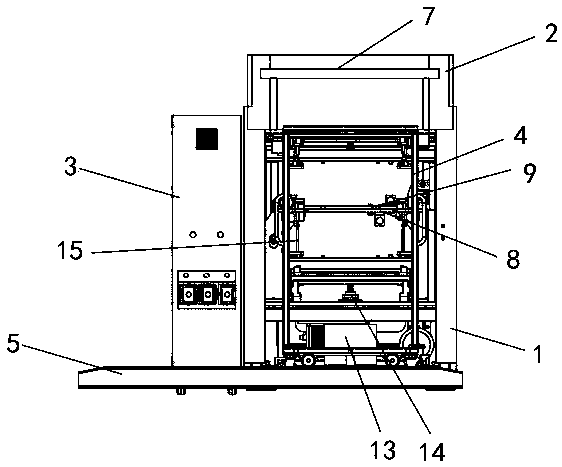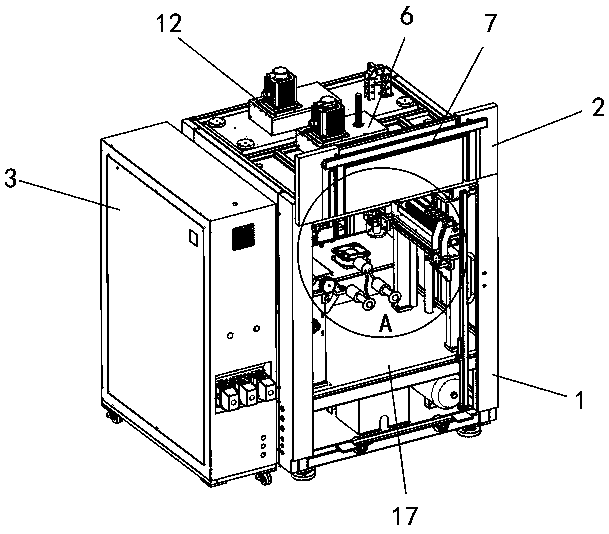Constant temperature heating device for art painting brush hair production and using method thereof
A constant temperature heating and painting pen technology, which is applied in the repair of ink pens, printing, writing utensils, etc., can solve the problems of heat loss, time delay, temperature difference, etc., and achieve the effect of reducing uneven temperature
- Summary
- Abstract
- Description
- Claims
- Application Information
AI Technical Summary
Problems solved by technology
Method used
Image
Examples
Embodiment Construction
[0030]The technical solutions of the present invention will be clearly and completely described below in conjunction with the embodiments. Apparently, the described embodiments are only some of the embodiments of the present invention, not all of them. Based on the embodiments of the present invention, all other embodiments obtained by persons of ordinary skill in the art without creative efforts fall within the protection scope of the present invention.
[0031] see Figure 1-7 As shown, a constant temperature heating device for the production of brush hairs of art painting brushes includes a constant temperature heating box 1, a recovery box 3, a heating frame 4 and a sliding frame 5, the recovery box 3 is located at one side of the constant temperature heating box 1, and the heating frame 4 is located at the constant temperature One side of the heating box 1, and the heating frame 4 is movably connected with the heating area 17 inside the constant temperature heating box 1....
PUM
 Login to View More
Login to View More Abstract
Description
Claims
Application Information
 Login to View More
Login to View More - Generate Ideas
- Intellectual Property
- Life Sciences
- Materials
- Tech Scout
- Unparalleled Data Quality
- Higher Quality Content
- 60% Fewer Hallucinations
Browse by: Latest US Patents, China's latest patents, Technical Efficacy Thesaurus, Application Domain, Technology Topic, Popular Technical Reports.
© 2025 PatSnap. All rights reserved.Legal|Privacy policy|Modern Slavery Act Transparency Statement|Sitemap|About US| Contact US: help@patsnap.com



